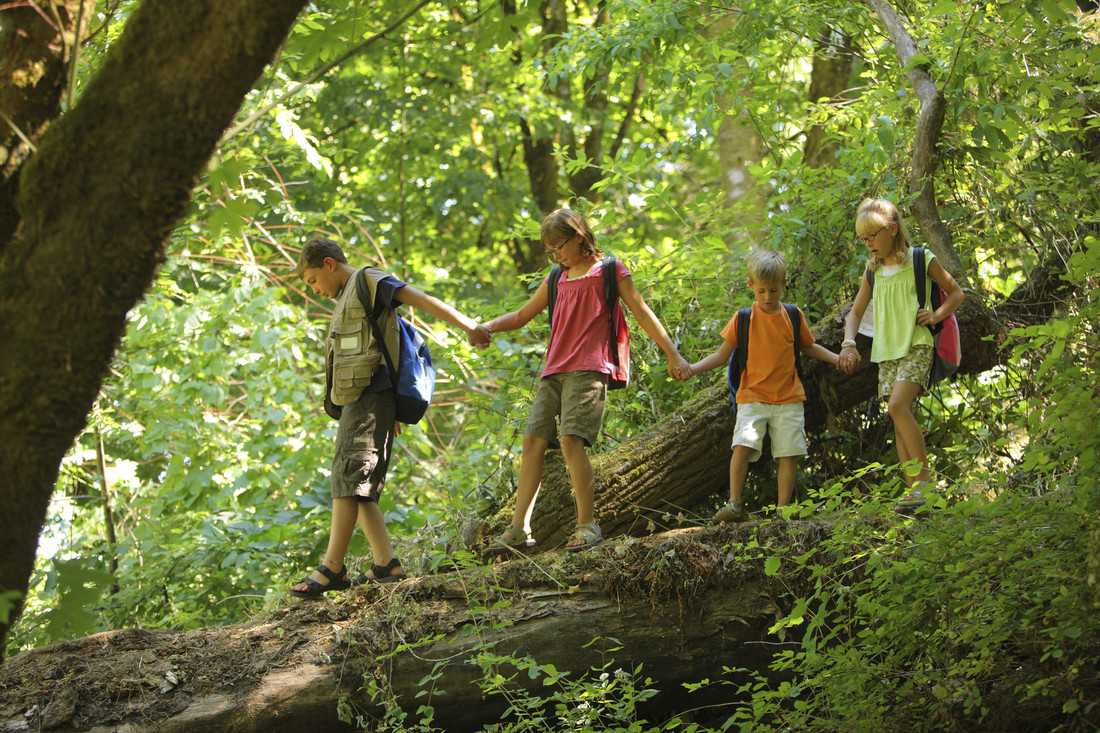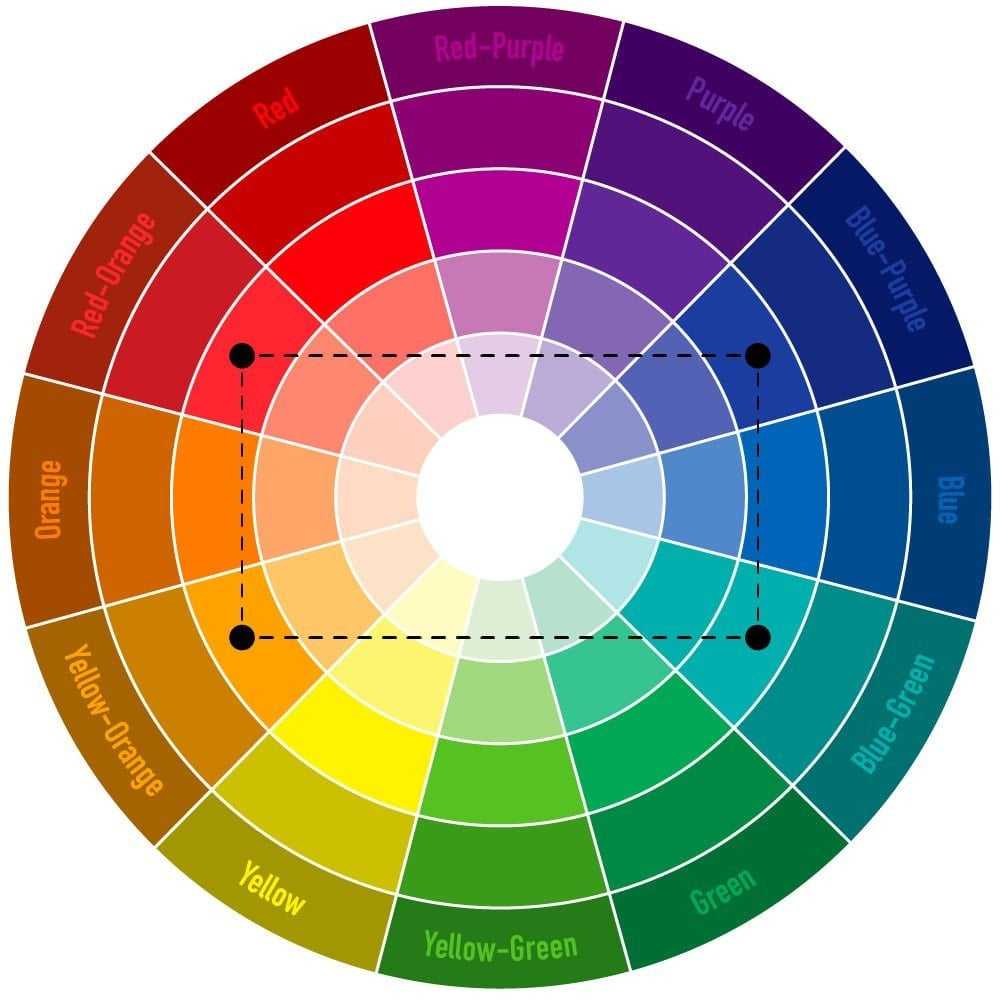Table of Contents
- Exploring the Beauty of Landscape Paintings Through Different Artistic Styles
- Techniques to Enhance Your Landscape Painting Skills
- Choosing the Right Color Palette for Stunning Landscapes
- Curating a Collection: Tips for Selecting Landscape Paintings for Your Space
- Q&A
- To Conclude


Exploring the Beauty of Landscape Paintings Through Different Artistic Styles
When it comes to capturing the essence of nature, landscape paintings offer an incredible variety of expression through different artistic styles. Each technique not only provides a unique aesthetic but also evokes various emotions and thoughts in viewers. From the serene tranquility of Impressionism to the bold statements of Abstract art, the diversity of landscape paintings invites exploration and appreciation from all art enthusiasts.
The Impressionist landscape is known for its soft brush strokes and emphasis on light and atmosphere. Artists like Claude Monet and Pierre-Auguste Renoir masterfully captured fleeting moments in nature, creating vibrant scenes that feel alive. In these works, you’ll often find:
- Delicate depictions of outdoor scenes
- A focus on the effects of changing light
- Colors that blend harmoniously to create depth
On the other hand, the Romantic style often showcases landscapes that are dramatic and emotive, reflecting the artist’s awe of nature. This style highlights the sublime beauty of wild landscapes, including turbulent seas and majestic mountains. Key features of Romantic landscape paintings include:
- Emotionally charged atmospheres
- Grand nature scenes that dwarf human figures
- Dark, brooding skies and vivid colors
As we consider contemporary approaches, Abstract landscape paintings present a fascinating evolution of the genre. These works allow artists to experiment with form and color without being tethered to literal representations of the landscape. The use of geometric shapes and bold colors invites viewers to interpret the environment in their own way, emphasizing the following aspects:
- Freedom of expression through abstraction
- Use of unexpected color palettes
- A focus on the emotional resonance of landscapes rather than realistic detail
Techniques to Enhance Your Landscape Painting Skills
To elevate your landscape painting skills, immersing yourself in the nuances of color theory is essential. Understanding how to mix and create harmonious color palettes can make a significant difference in the vibrancy and mood of your paintings. Begin by experimenting with primary colors, and explore how they interact when blended together. Consider creating a color wheel to visualize these relationships and serve as a reference when choosing colors for your landscapes.
Another valuable technique is to pay close attention to the composition of your artwork. A well-structured composition can capture the viewer’s eye and convey a sense of depth. Utilize the rule of thirds to place focal points strategically within your landscape. Creating a simple sketch or utilizing grid techniques can help you plan your painting effectively before applying any paint to the canvas.
Incorporating texture into your landscapes can add a layer of realism and intrigue. This can be achieved by exploring different brush techniques or even utilizing tools like palette knives. Experiment with various mediums, such as acrylic gels or pastes, to create the illusion of rocky terrains, grassy fields, or flowing water. By varying the application methods, you can enhance the visual interest and tactile quality of your work.
Lastly, don’t underestimate the power of observation and practice. Spend time outdoors observing different landscapes, noting how light and shadow play across the scenery. Take photographs or create quick sketches as studies to refer back to in your studio. Regular practice not only improves your technique but also builds your confidence. Join a local art group or online community to share your work, receive feedback, and learn from fellow artists.


Choosing the Right Color Palette for Stunning Landscapes
In landscape painting, color is not just a visual element; it is a powerful narrative tool that can evoke emotions and set the mood of a scene. To create compelling works, artists should first consider the essence of the landscape they wish to portray. For example, warm tones typically represent energy and vibrancy, ideal for portraying sunny meadows or autumn foliage. On the other hand, cool tones evoke serenity and calmness, perfect for tranquil lakes or misty mountains.
When selecting a color palette, it is beneficial to use a limited color scheme. This approach helps maintain harmony in the artwork while allowing strong hues to stand out. A palette could include:
- Two or three primary colors as the foundation.
- Complementary colors to create contrast.
- A few neutral shades for balance.
An effective way to explore various combinations is by utilizing a color wheel. This can help identify the relationships between colors and aid in creating depth in the composition. For instance, using analogous colors (three neighboring colors on the wheel) can produce a soothing effect for scenes depicting gentle hills or rolling fields, while complementary colors (colors opposite each other) can vitalize a scene, making elements pop and attract the viewer’s attention.
| Color Type | Effect | Example Scenarios |
|---|---|---|
| Warm Colors | Energetic and Inviting | Sunsets, Autumn Foliage |
| Cool Colors | Calm and Peaceful | Misty Mountains, Ocean Scenes |
| Neutral Shades | Balanced and Subdued | Winter Landscapes, Desert Scenes |
Ultimately, the choice of colors should resonate with the story the artist wishes to tell through their landscape. Experimenting with different combinations and observing how light interacts with colors in various environments can lead to truly stunning results. Embracing the creative journey of selecting a palette will not only enhance the visual impact of the artwork but also deepen the connection between the viewer and the painted landscape.


Curating a Collection: Tips for Selecting Landscape Paintings for Your Space
When it comes to filling your walls with the beauty of nature, the selection of landscape paintings can significantly enhance the ambiance of your space. Start by considering the size of your area. Larger rooms can accommodate bold, expansive artwork, while smaller spaces may benefit from more intimate pieces. Consider grouping smaller works together to create a gallery wall, allowing for a dynamic display that captures attention and creates visual interest.
Next, think about the color palette of the landscape paintings you choose. Look for artwork that complements or contrasts with your existing decor. If your space is decorated in neutral tones, vibrant landscapes filled with color can infuse energy into the room. Alternatively, if your decor features colorful accents, consider softer landscapes that provide a calming counterpoint. Pay attention to the mood you wish to evoke and select pieces that reflect that intention.
Another critical factor is the theme of the landscapes. Are you drawn to seascapes, mountains, or serene countryside scenes? The theme of the painting should resonate with your personal experiences or aspirations. You might feel a connection to the ocean from your childhood vacations, or perhaps the tranquility of a lush forest speaks to your current lifestyle. This personal connection can transform a simple piece of art into something more meaningful and evocative.
Lastly, don’t overlook the frame style and its contribution to the overall effect of the artwork. The right frame enhances the landscape painting and ties it into your decor. Consider a rustic, weathered frame for countryside scenes, or perhaps a sleek, modern design for abstract landscapes. The framing can greatly influence the painting’s perceived value and its fit within your curated collection. Take your time to experiment with various styles until the perfect combination emerges.
Q&A
Q&A: Exploring the World of Landscape Paintings
Q1: What defines a landscape painting? A1: A landscape painting primarily depicts natural scenery, such as mountains, valleys, trees, rivers, and forests. These artworks aim to capture the beauty and essence of the environment, often evoking a sense of tranquility and connection to nature. Artists may choose to represent landscapes realistically or through more abstract interpretations, depending on their style and intent. Q2: What are some famous examples of landscape paintings? A2: Numerous iconic landscape paintings have left a lasting impact on art history. Some notable examples include Claude Monet’s “Impression, Sunrise,” which helped define the Impressionist movement, and Vincent van Gogh’s “Starry Night,” known for its swirling starry skies. Other significant works include “The Oxbow” by Thomas Cole and “The Hay Wain” by John Constable, each showcasing unique approaches to depicting nature. Q3: How has the approach to landscape painting evolved over time? A3: Landscape painting has evolved significantly from its inception during the Renaissance, where it was often a backdrop for religious or historical scenes. The 17th-century Dutch Golden Age brought attention to landscapes as standalone subjects. In the 19th century, Romanticism celebrated the sublime aspects of nature, while Impressionism focused on light and color. In contemporary art, landscapes can be conceptual or foreboding, often addressing themes of climate change and environmentalism. Q4: What techniques do artists use in landscape painting? A4: Artists employ various techniques in landscape painting, including layering, glazing, and impasto. Layering involves building up colors for depth, while glazing adds luminosity. Impasto uses thick paint application to create texture. Additionally, the use of color theory and perspective is essential to convey realism and spatial relationships in the artwork. Q5: How can I appreciate landscape paintings more fully? A5: To fully appreciate landscape paintings, take your time observing the details and techniques employed by the artist. Pay attention to the color palette, light source, and composition. Consider the emotions or stories the artist may wish to convey regarding the landscape. Visiting galleries, reading art critiques, and even exploring the landscapes that inspire the artworks can deepen your understanding and enjoyment. Q6: Are there specific themes commonly found in landscape paintings? A6: Yes, many landscape paintings explore themes such as the beauty of nature, the passage of time, and human interaction with the environment. Some artworks reflect a romanticized view of the natural world, while others may present stark realities like industrialization or environmental degradation. These themes often invite viewers to reflect on their relationship with nature and the world around them. Q7: How can I get started with painting landscapes myself? A7: To get started with landscape painting, begin by selecting a location or photo that inspires you. Collect essential supplies such as paints, brushes, canvases, and a palette. Practice sketching basic forms and colors, focusing on perspective and light. Experiment with various styles, whether realistic or impressionistic, and don’t be afraid to express your unique vision of the landscape. Taking a class or following online tutorials can significantly enhance your skills.This Q&A serves as a guide for readers to navigate the rich and diverse world of landscape paintings, enhancing their appreciation and understanding of this vibrant genre.
